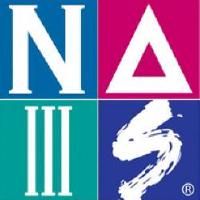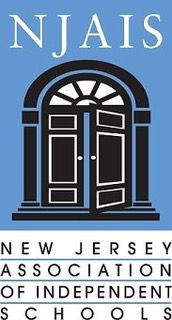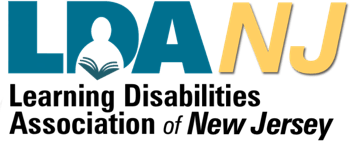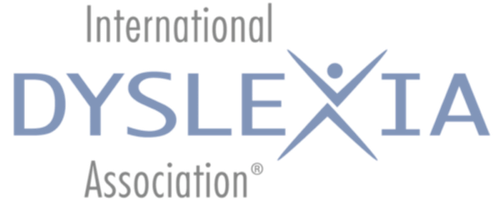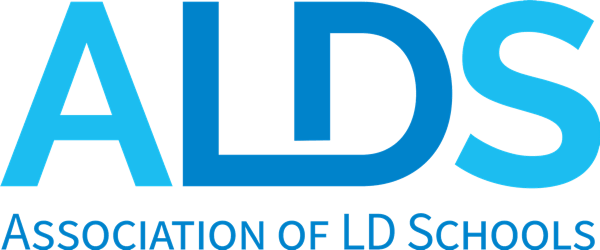Have you ever found yourself in a parent-teacher conference or an IEP/ISP meeting confused about some of the language used? As educators, we (and I include myself!) are guilty of using educational jargon, acronyms, and technical words that mean something to us yet may leave parents scratching their heads. Over the past few weeks, several in the community have asked about different types of assessments and what they mean. At The Craig School, our academic program is comprehensive and evidence-based, that is, we use interventions, supports, and services with proven evidence of effectiveness. Each student’s academic program ultimately is determined by using a data-based decision-making process reliant on assessment.
Assessment informs a teacher’s instructional practices and strategies, decisions regarding supports and services, and the interventions employed for the specific needs of each student in order for students to achieve and grow academically. Assessment may also be used as a marker to indicate a student’s mastery of content or their ability to demonstrate their learning resulting in the student’s earned grades (e.g. projects, papers, tests, etc.). There are many types of assessments and untangling what it all means can be somewhat overwhelming.
While not exhaustive, below is a primer, if you will, of the types of educational assessments typically found in schools. You may find this helpful when discussing progress reports, goals & objectives, IEP/ISPs, or Present Levels of Academic Achievement and Functional Performance (PLAAFP).
Assessment Terminology Primer
Assessment
Assessment is data collected about a student in order to make decisions. These decisions may be diagnostic (information about the specific nature of the student’s learning disability) and evaluative (information about the student’s strengths, overall progress, and areas for growth). Additionally, assessments help in the development of IEPs/ISPs, for planning instruction based on the needs of the student, for eligibility decisions (i.e. student eligibility for special education and related services), and educational placement (general education, self-contained classroom, etc).
Criterion-Referenced Assessment
This type of assessment lets us know what the student can and can not do. Criterion-referenced assessments are seen in the classroom (e.g. tests, quizzes, etc.) and measure a student’s performance against a pre-determined set of knowledge and skills. For example, our middle school math teachers may give students a quiz on 8th-grade math computation problems.
Curriculum-Based Measurements (CBM)
Teachers use CBM to find out how their students are progressing in learning the content for the academic year. CBM is typically applied to core academic areas such as spelling, writing, math, and reading. CBM can be used for progress monitoring. Oral Reading Fluency (ORF), a measure found in all divisions of the school (dependent upon student need) is an example of CBM.
Formative & Summative Assessment
These two types of assessments are most commonly applied in the everyday classroom setting and are used so students can express their level of content knowledge, skills, and understanding. Formative assessment is used to indicate where students are in the process of learning. They are “forming” their learning. Summative assessment can be thought of as an endpoint. Through summative assessment, students show their mastery of the content. Final exams in our high school are summative assessments and quizzes and projects sprinkled throughout the trimester, are examples of formative assessment.
Formal & Informal Assessment
Formal assessments are not content and performance-driven, rather they are data-driven assessments. They are standardized and typically have percentiles, stanines, and standard scores. Norm-referenced tests, like the GORT-5 (Gray Oral Reading Test), are examples of a formal assessment. Informal assessments are content and performance-driven and not data-driven. A writing sample or essay can be used as an informal assessment of literary and narrative writing (e.g. use of hyperbole, simile, metaphor, etc.)
Goals & Objectives
In the Lower and Middle School, Goals & Objectives describe what students will learn or focus on. Goals are the big concepts that run throughout the school year, objectives are how a student reaches the goal, evaluation is made up of the tools used for assessment, and criteria provide an explanation of the expectation for student performance. In middle school science, a goal for the year is to “use scientific skills and processes to interpret, model, and explain phenomena.”
One objective to reach that goal is to “read science texts to determine main ideas, gather technical information, and identify patterns in data.” The way the teacher will assess the student is through class assignments and projects. Finally, academic achievement is shown when the student can perform this skill with 80% accuracy.
Norm-Referenced Assessment
A norm-referenced assessment compares student performance to other students’ performance with similar age and/or grade in school. The TOWL (Test of Written Language), GMADE (Group Mathematics Assessment and Diagnostic Evaluation), and GRADE (Group Reading Assessment and Diagnostic Evaluation), all used in the lower and middle school are norm-referenced assessments. In the high school, the SAT or ACT are examples.
Progress Reports
Progress reports, used in the high school, provide information necessary to understand a student’s strengths and challenges, the instructional strategies most effective for a particular student’s educational needs, current student performance status with numerical grades, and how teachers are addressing areas of concern. Grades in a progress report are not final. These reports illustrate how well the student is doing, giving students information needed for corrective action to meet their educational goals.
Progress Monitoring
Progress monitoring helps teachers determine if the student is improving towards their goals and is an indicator of the appropriateness of a student’s educational program/intervention. Progress monitoring gives teachers the information needed to adjust their approach with the student. Sometimes you may hear the word, benchmark, used with progress monitoring. A benchmark tells us where the student is at in a specific content area. A good example of this is in our Orton-Gillingham classes. Orton-Gillingham is prescriptive and diagnostic, however, there is also consistent reflection and analysis of student progress embedded within the instructional approach.
Screening
Screening helps identify students who are at risk for not meeting a certain academic standard or benchmark. For example, in Mrs. Gallagher’s English class at the high school, all of her students take the Self-Regulation Questionnaire (Brown, Miller, & Lawendowski, 1999) at the beginning of the school year. This short screen helps her identify which students may need skill-building and additional support as they develop a greater ability to self-regulate for optimal learning.
For more information on ways of giving or to make a donation online you can clicking here.
